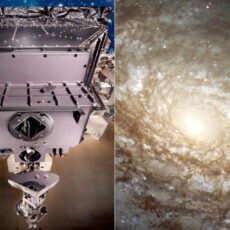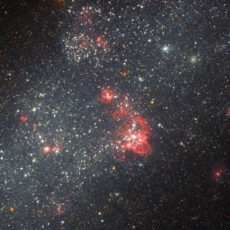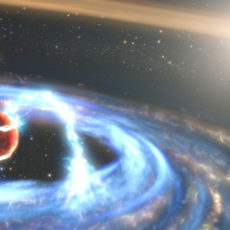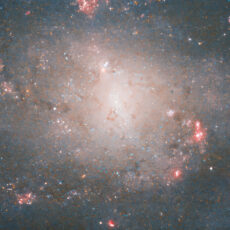
The Hubble Space Telescope, a powerful camera in space run by NASA and ESA, took an incredible photo of a galaxy called NGC 3511. This galaxy, tilted at a cool 70-degree angle, looks like a glowing spiral in the sky, almost like a cosmic Vincent van Gogh painting that grabs your attention.
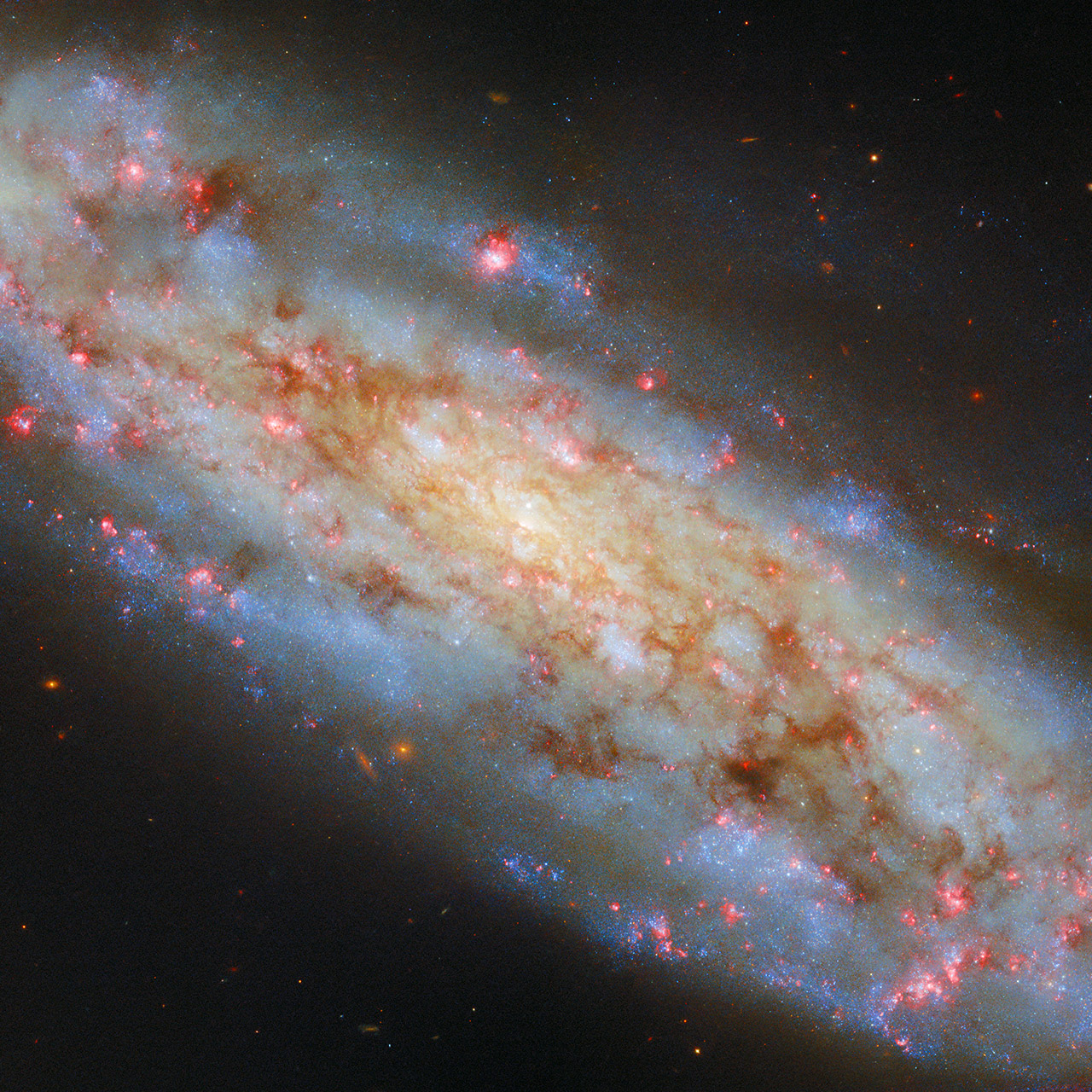
First, the basics: NGC 3511 sits about 43 million light-years away in the constellation Crater, a faint patch of sky named for a cup, of all things. It’s not too far in cosmic terms—close enough for Hubble’s Wide Field Camera 3 to capture it in exquisite detail, yet distant enough to remind us how vast the universe is. NGC 3511’s angle is its secret weapon—not flat like a cosmic frisbee or razor-thin like a galactic blade, but slanted just enough to flaunt its swirling arms while giving a peek at its radiant core.
- Feed a passion for science and technology – Kids can learn more about the challenges of space exploration with this LEGO Technic NASA Mars Rover...
- Conduct a test flight – This advanced building kit for kids ages 10 and up includes a buildable toy version of NASA’s Ingenuity helicopter, which...
- AR brings the mission to life – The accompanying augmented reality app experience lets kids dive into the details of the rover and its mission
The colors in this image are what seal the deal. Hubble’s camera played with six filters, snagging light from ultraviolet to infrared and mixing them into a dazzling display. The result is a galaxy splashed in blues, pinks, and golds, with dark dust lanes threading through like an artist’s signature.Bright blue areas are young stars shining strongly. Pink patches let you know where new stars are forming, as clouds of gas get squished by gravity and light up, while its golden glow comes from older stars.
The spiral arms are the highlight, curling beautifully and sparkling with places where new stars are born, standing out against darker, dusty paths. These arms aren’t just for show—they’re where gas and dust obliterate each other to create stars, like the galaxy’s engine. Scientists are still determining why spirals like these form, but NGC 3511’s arms feel calm and orderly despite all of the chaos. At the galaxy’s heart, a huge black hole hides, its strong gravity shaping everything like an invisible sculptor.








